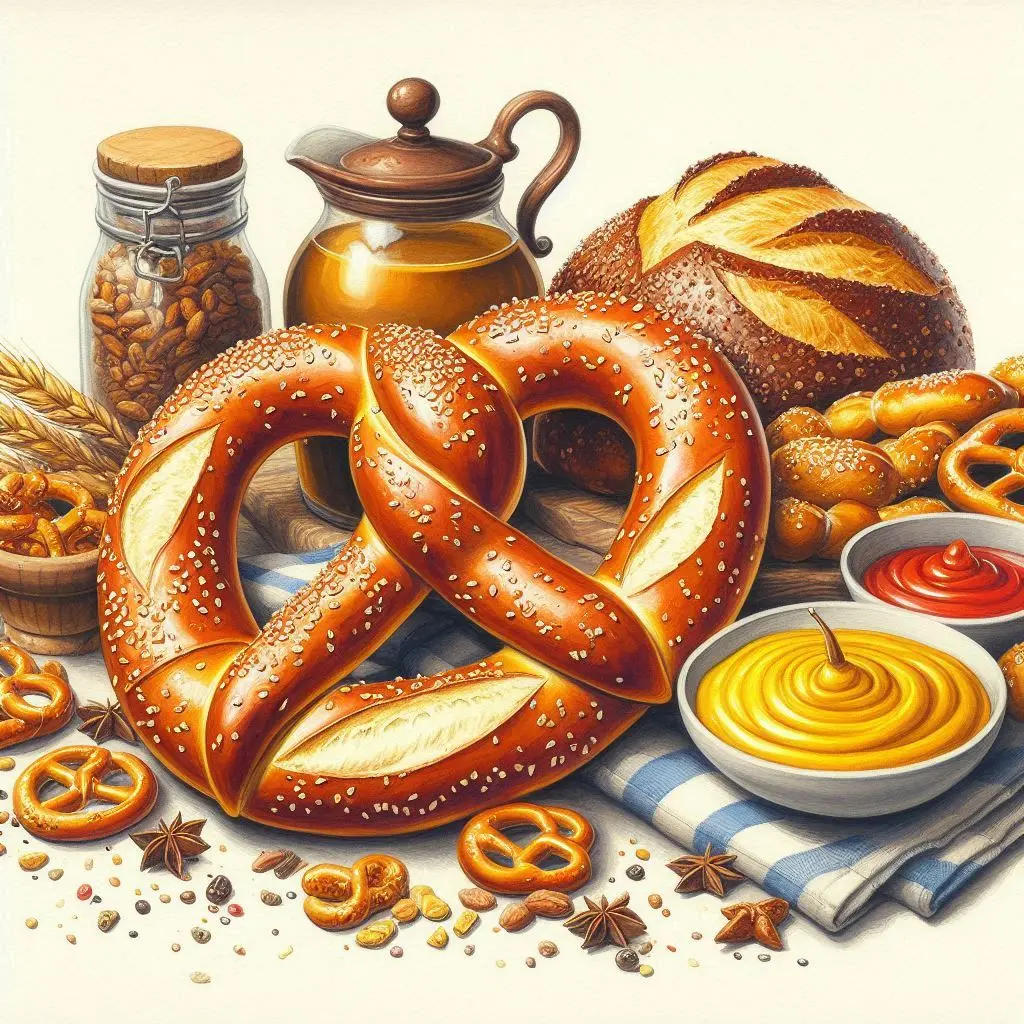Besides putting too many devices on a single wall socket, that draw too much power, what is supposed to happen?
Like say I chain ten dividers and put a single vacuum cleaner at the end. Is that more dangerous than plugging it directly into the wall?
The longer the run with more connections, the greater the voltage drop, the more stress on anything involved.
That means more power usage and higher likelihood of a failure vs directly plugging the same device into the outlet. So it is better to use an extension cord than chained power strips.
It is especially dangerous to have chained power strips that you load up due to fire risk that isn’t necessarily mitigated by the breaker.
Short answer, it’s actually not.
The actual danger is overloading a socket. This is significantly easier with a chain of extensions.
Resistance on the individual plugs shouldn’t be an actual issue. The only way it might come into play is if you are using a switch mode power supply at the end. This would adjust its current draw to account the reduced voltage. This would increase the current draw at the plug.
E.g. a PSU trying to draw 1000W. At 120V this would be 8.33A. If you drop 30V, then the supply would draw 11.1A. The intermediate plugs would dissipate 333W. You would be drawing 1333W from the wall.
In countries with low AC voltages, and a lack of fused plugs, this could overload a socket and cause a fire.
It’s also worth noting that long extensions have the same issue though it’s less. They also have a far lower rating when coiled than when uncoiled. E.g. I have a 13A extension that can only provide 4A when fully cooled.
Other commenters have pointed out the problems with overloading of connectors and reduced efficiency because of the added resistance but there is another really important reason not to chain power strips: circuit breakers work best against short circuits when the resistance between the breaker and the short is fairly low (for instance less than 0.5Ω) so that the current will quickly go over the rated current of the breaker. If the resistance is a lot higher because you have too many extensions between the breaker and the fault, the time the breaker needs to react will go up. Counterintuitively this usually means more energy will be turned to heat by the fault.
In extreme cases this can mean the difference between a broken power strip that you can just throw out and a burned down house.


